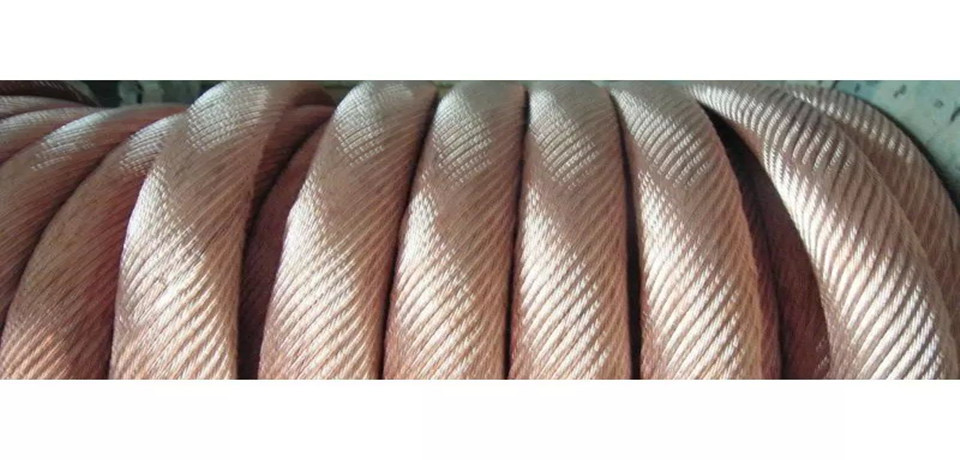Copper-clad aluminum is a concentrically coated copper layer on the surface of aluminum or aluminum/steel alloy core material, which is drawn and has a copper layer thickness of 0.55 mm or more.
Copper-clad aluminum and pure copper can be compared in the following three aspects:
The strength and elongation of pure copper conductors are larger than that of copper-clad aluminum conductors, which means that pure copper is better mechanical properties than copper-clad aluminum.
From the point of view of cable design, the advantage of pure copper conductors being mechanically stronger than copper-clad aluminum conductors is not necessarily required in practical applications.
Copper-clad aluminum conductors are much lighter than pure copper, so copper-clad aluminum cables are lighter in overall weight than pure copper conductor cables, which can facilitate cable transportation and cable racking facilities.
In addition, copper-clad aluminum is softer than pure copper, and cables made of copper-clad aluminum conductors are better in softness than pure copper cables.
Because aluminum is less conductive than copper, the copper-clad aluminum conductor has a higher DC resistance than a pure copper conductor.
Copper-clad aluminum is softer than pure copper conductors and is easily straightened during the production process. Therefore, it can be said that the copper-clad aluminum cable is better than the pure copper conductor cable return loss index.

Copper-clad aluminum conductors are more expensive than pure copper conductors of the same weight. But the same weight of copper-clad aluminum is much longer than the pure copper conductor, and the cable is calculated by length.
The same weight copper clad aluminum wire is 2.5 times the length of the copper wire.
Combined, copper-clad aluminum has an advantage. Since the copper-clad aluminum cable is relatively light, the transportation cost and installation cost of the cable will be reduced, which will bring certain convenience to the construction.